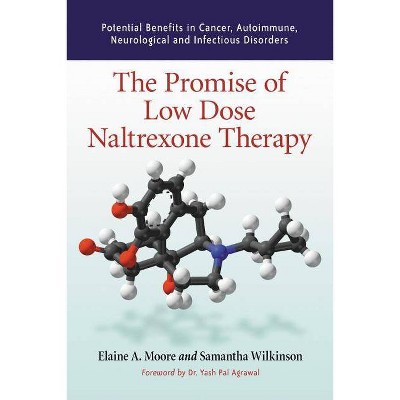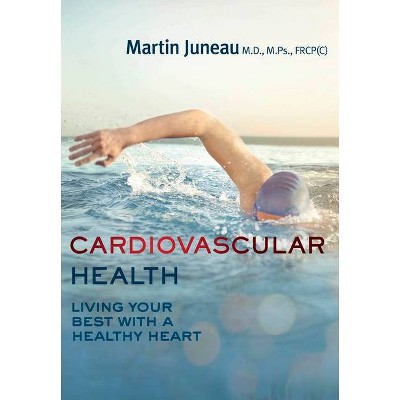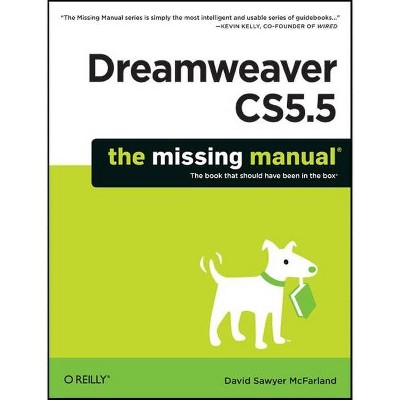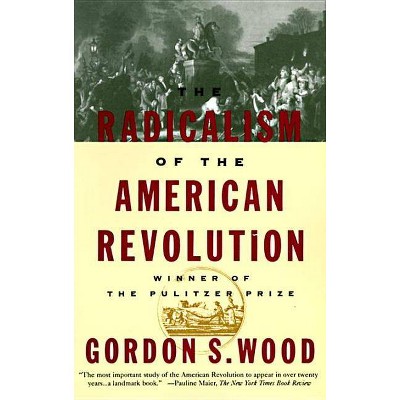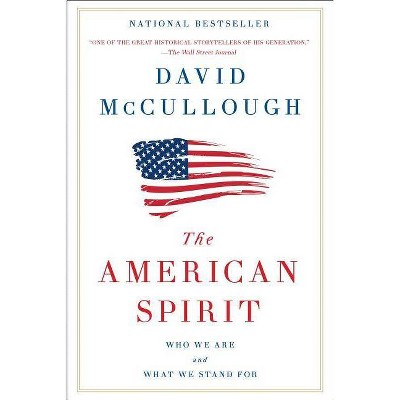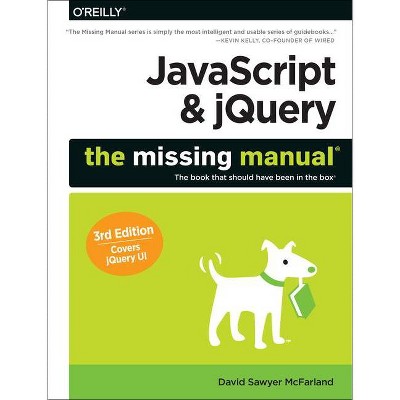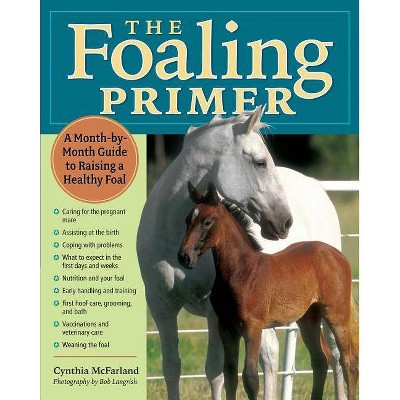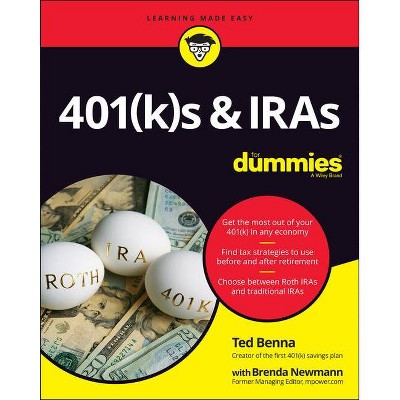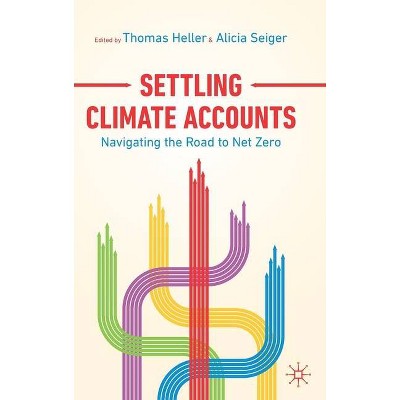The American Cardiovascular Pandemic - (McFarland Health Topics) by David Gordon (Paperback)
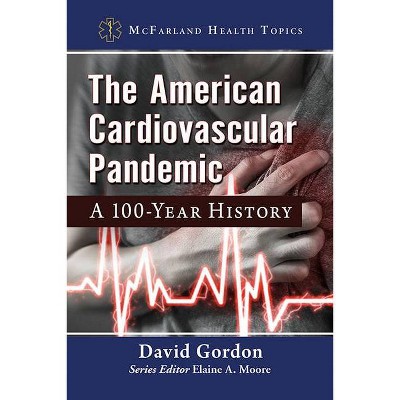
Similar Products
Products of same category from the store
AllProduct info
<p/><br></br><p><b> About the Book </b></p></br></br>"As Americans and citizens of other industrializing countries began to enjoy lives of increasing affluence and ease during the first half of the 20th century, a rising tide of heart attacks and strokes displaced infectious diseases as the leading cause of death, killing millions in the United States and throughout the world. Although cardiovascular disease remains serious and widespread, the significant decline of per capita deaths is one of the greatest accomplishments of modern public health and medicine. Death rates from heart attack and stroke have fallen dramatically by 80% in the past 50 years -- the progress has been hard won by a combination of basic and applied laboratory research, broad and far-reaching epidemiological studies by physicians, scientists, and public health experts. Cardiovascular disease is no longer viewed as an as an inevitable feature of the natural course of aging, and complacency has given way to hope. This book focuses on developments that influenced the rise and decline of cardiovascular mortality since 1900, but also includes insider insights from the author, a 42-year NIH employee"--<p/><br></br><p><b> Book Synopsis </b></p></br></br>As Americans and citizens of other industrializing countries began to enjoy lives of increasing affluence and ease during the first half of the 20th century, a rising tide of heart attacks and strokes displaced infectious diseases as the leading cause of death, killing millions in the United States and throughout the world. Although cardiovascular disease remains serious and widespread, the significant decline of per capita deaths is one of the greatest accomplishments of modern public health and medicine. Death rates from heart attack and stroke have fallen dramatically by 80% in the past 50 years -- the progress has been hard won by a combination of basic and applied laboratory research, broad and far-reaching epidemiological studies by physicians, scientists, and public health experts. Cardiovascular disease is no longer viewed as an as an inevitable feature of the natural course of aging, and complacency has given way to hope. This book focuses on developments that influenced the rise and decline of cardiovascular mortality since 1900, but also includes insider insights from the author, a 42-year NIH employee.<p/><br></br><p><b> About the Author </b></p></br></br><b>David Gordon</b> is a cardiovascular epidemiologist and an internationally recognized expert on clinical trials, who recently retired after 42 years with the National Heart, Lung, and Blood Institute (NHLBI) of the National Institutes of Health. He is an author or co-author of 90 peer-reviewed scholarly articles plus invited chapters in 13 medical monographs and textbooks. He lives in Chevy Chase, Maryland. <b></b><b>Elaine A. Moore</b> has worked in hospital laboratories for more than 30 years, primarily in immunohematology and toxicology. She is a freelance medical writer and laboratory consultant. For more information, visit her website at www.elaine-moore.com. She lives in Sedalia, Colorado.
Price History
Cheapest price in the interval: 39.99 on November 8, 2021
Most expensive price in the interval: 39.99 on December 20, 2021
Price Archive shows prices from various stores, lets you see history and find the cheapest. There is no actual sale on the website. For all support, inquiry and suggestion messagescommunication@pricearchive.us
